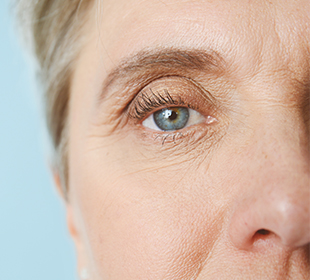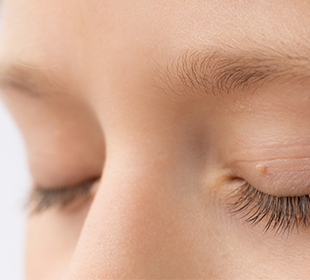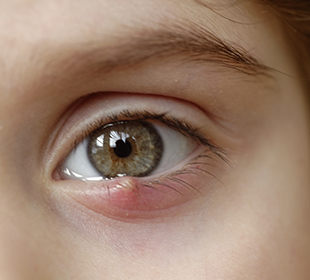
Excess Eyelid Skin (Dermatochalasis)
Excess skin in the upper eyelids may lead to decreased peripheral vision from the drooping tissues resting on your eyelashes, known as “hooding.”

Excess skin in the upper eyelids may lead to decreased peripheral vision from the drooping tissues resting on your eyelashes, known as “hooding.”

The main goal of ptosis surgery is to elevate the upper eyelid. Surgery will help improve your field of vision and establish more symmetry with the opposite eyelid.

With the right treatment plan, remarkable changes in your facial appearance can be obtained, providing a younger appearance and improving your complexion.

Various types of pigmented spots can arise on your face and eyelid throughout your life. They are usually due to an increase in melanin.

Early removal of eyelid skin cancer is critical to reduce the chance of recurrence and reduce the risk of spread to other parts of the body.

When tissues start to weaken, the fat that is confined to the area around the eye can move, causing the lids to appear ‘puffy’ or ‘swollen.’

Entropion is a condition that develops from muscle weakness that causes the eyelid to turn inward causing tearing, irritation, redness, and sensitivity to light.

Eyelid twitching, also called eyelid spasm or eyelid myokymia, is an uncontrolled, involuntary contraction of the muscles in the eyelid.

A chalazion, or stye, appears as a swollen bump on your eyelid. They arise from either an infection or from blocked oil glands along the eyelid.

Tears drain from the eyelids to the nose through a small drainage system called your lacrimal system. A blockage can occur at any point in this system.

Eyelid lesions appear as bumps along the eyelid skin that can vary in size and appearance. While most eyelid lesions are benign, some can be cancerous.
© All Rights Reserved • Hosted and Maintained by Burke Advertising